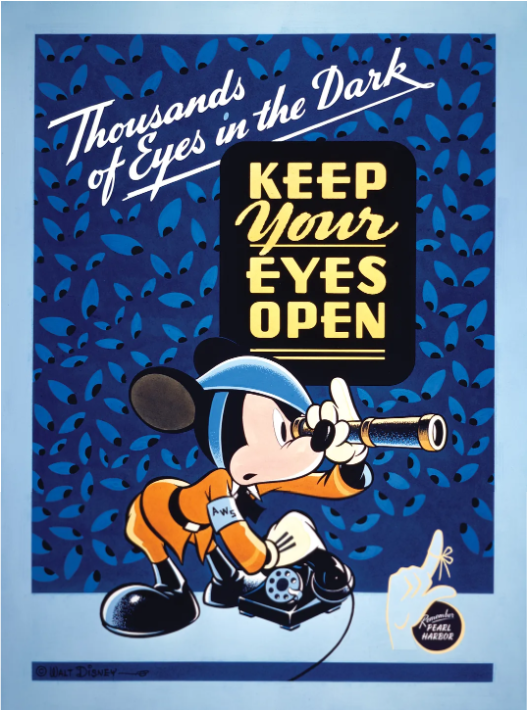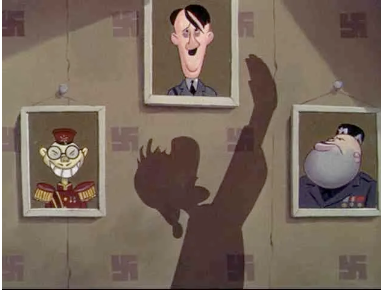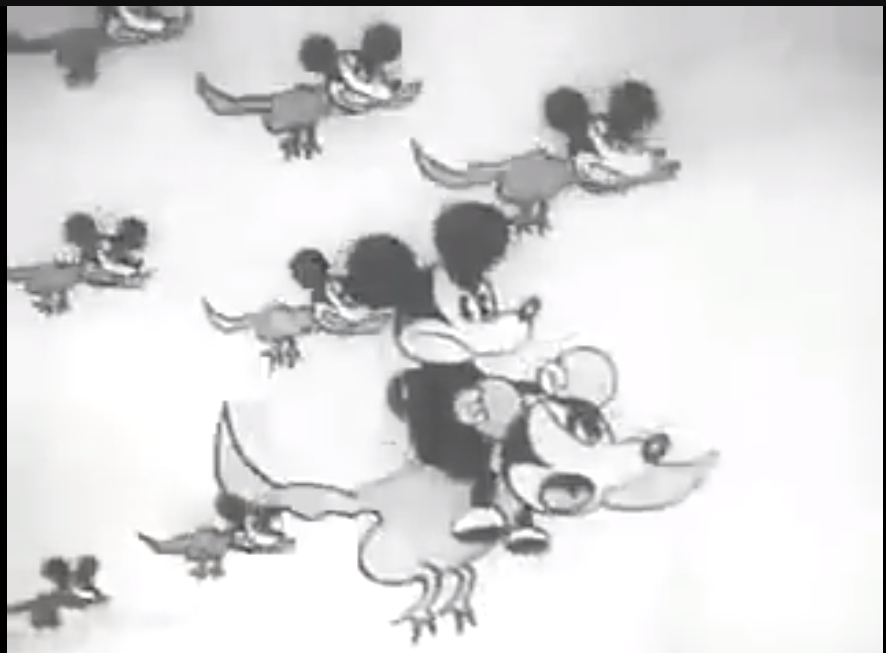“It’s not a story the company tells,” says Kirsten Komoroske, executive director of the Walt Disney Family Museum in San Francisco. The world of Disney is seen as “an upbeat place to take refuge,” she adds. “A feel-good place. War isn’t a popular topic.”
(https://www.smithsonianmag.com/history/how-disney-propaganda-shaped-life-on-the-home-front-during-wwii-180979057/)
Just like the quote above, people mostly watch animations to seek joy or even emotional resonance. It is hard for us living today to imagine that animation would be used as a medium to promote war, animation seems to be inseparable from entertainment. Dating back to the era of World War II, it brought huge changes to many people’s lives, and those changes also included animation.
World War II had changed the possibilities for animation. Before the war, animation was mainly known as family entertainment. The attack on Pearl Harbor was an important turning point for the United States, and on December 8, 1941, the U.S. Army began cooperating with Walt Disney. Disney began producing propaganda animations for the general public, while animations for the troops were about training and education on specific topics.

While most of Disney’s propaganda animations took an uplifting, patriotic approach to production, it still had negative consequences, such as stereotyping or demonizing enemies in horrific, racist images. Even if this phenomenon was almost unavoidable in the heightened wartime atmosphere.
“It’s the quickest way to play to people’s base emotions: the us-versus-them mentality,” says Bemis. “It’s an instinct that if you’re going to fight someone, you have to dehumanize them, because otherwise, how could you stand what you have to do?”
(https://www.smithsonianmag.com/history/how-disney-propaganda-shaped-life-on-the-home-front-during-wwii-180979057/)
Not only did these animated shorts convey a message of freedom to live in America to white audiences during wartime, but it also strongly emphasized the racist stereotypes. Adolf Hitler appeared as a screaming buffoon, and Benito Mussolini was a jowly thug, while Emperor Hirohito had yellow skin, buck teeth and slanted eyes.
Historian Brian Niiya explained why the Axis dictators are depicted in different styles. He said “I was struck by the fact that the Hitler character looks somewhat realistic, while the Hirohito character doesn’t even look human,” Niiya says. “You see this in much of the imagery of [the] ‘Japanese’ in this time period, where they are sometimes even explicitly made into animals. Similarly, the white band members at least look human, while the ‘Japanese’ character … barely does.”
From his statements, we can find out that this malicious stereotype was the most serious happened in Japanese characters when they appeared in propaganda animation. The reason for these Japanese images almost certainly was influenced by the Pearl Harbor incident.

This kind of deliberate vilification also occurs in other countries’ propaganda animation such as Japan. Japan made a propaganda animation before World War II, called “Evil Mickey Attacks Japan” (1936). This animation transformed the image of an American army into an army of evil Mickey Mouse clones, and predicted they would attack in 1936.

Propaganda animation allows me to see the possibilities of different aspects of animation and also makes me think more deeply about the benefits and drawbacks it would bring. Also, when a company or creator attempts to make a work with a strong purpose, what should be the scale to be grasped, and how to promote the concept more properly?
One response to “The history and theory of propaganda animation”
Hi, this is a comment.
To get started with moderating, editing, and deleting comments, please visit the Comments screen in the dashboard.
Commenter avatars come from Gravatar.